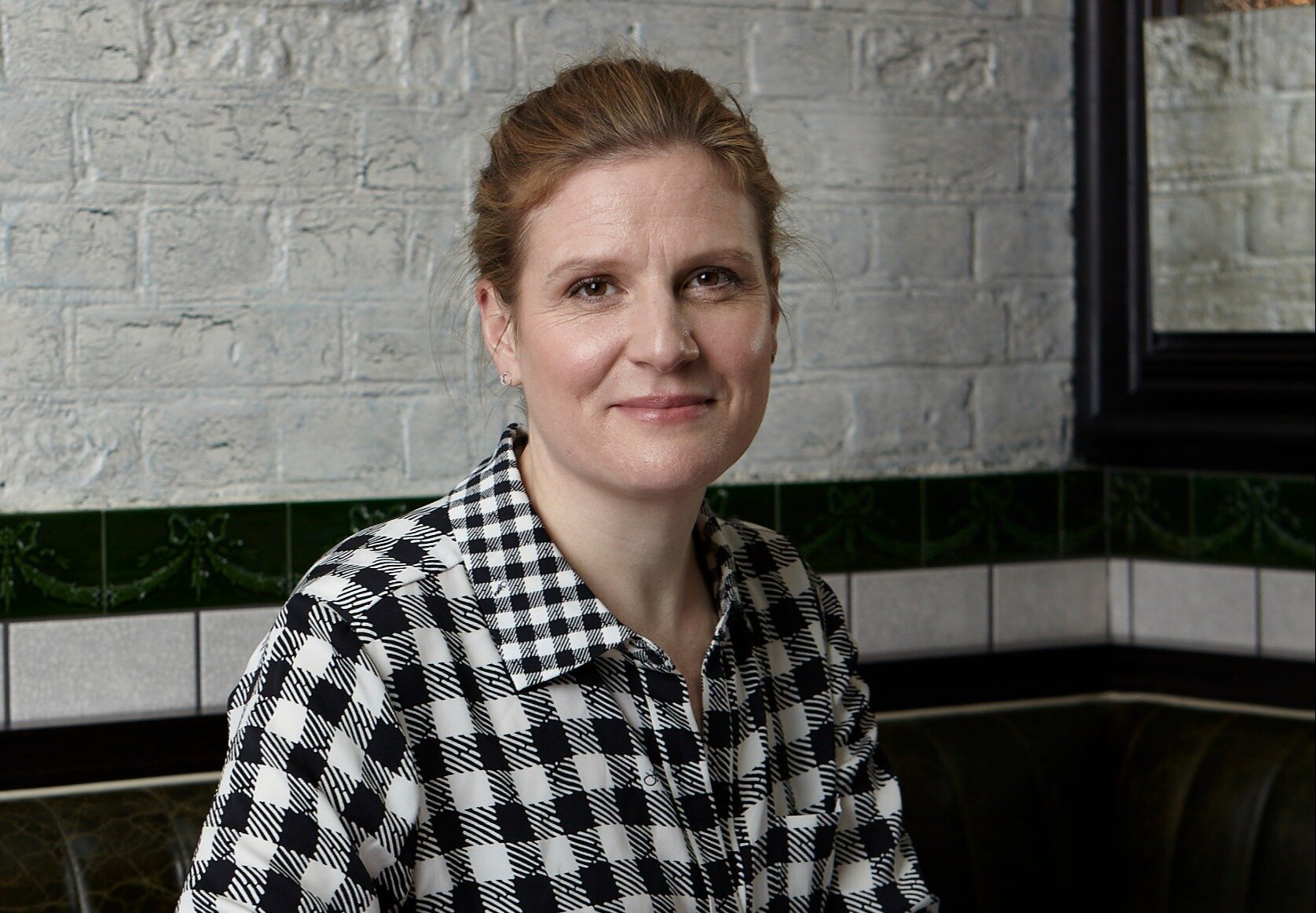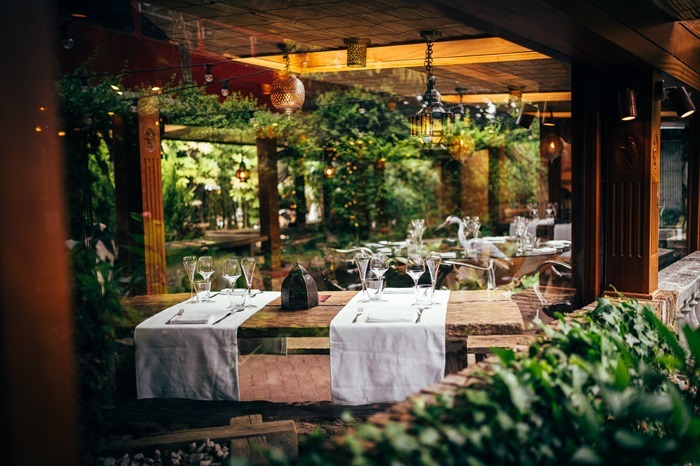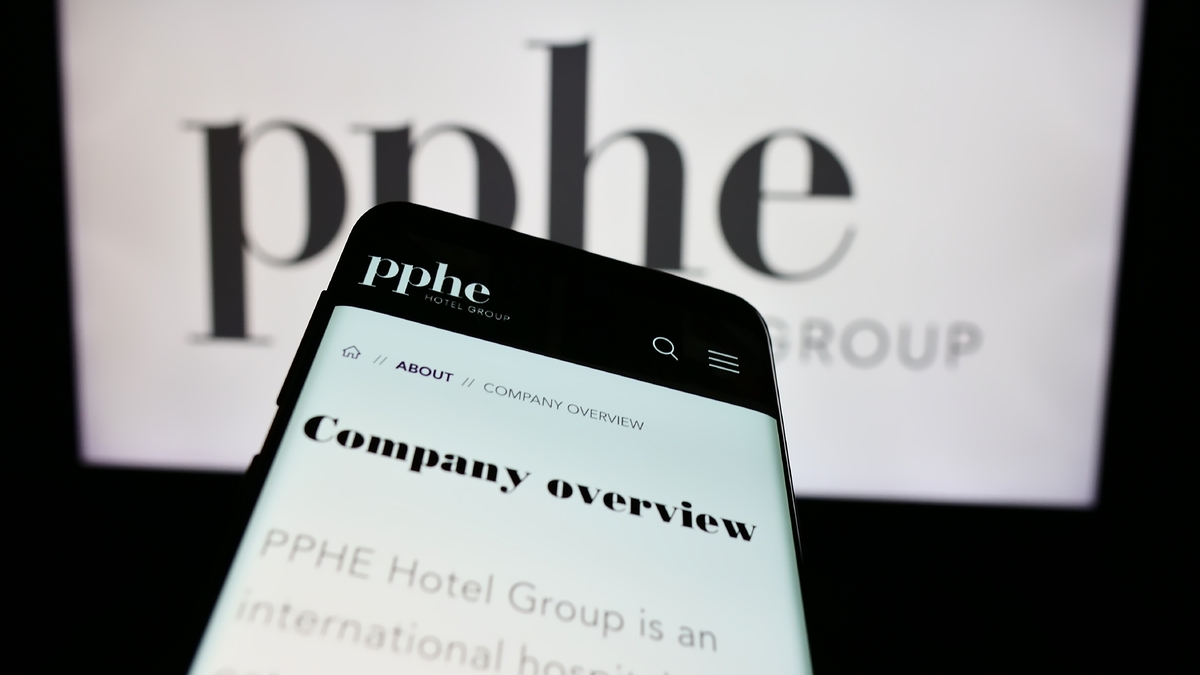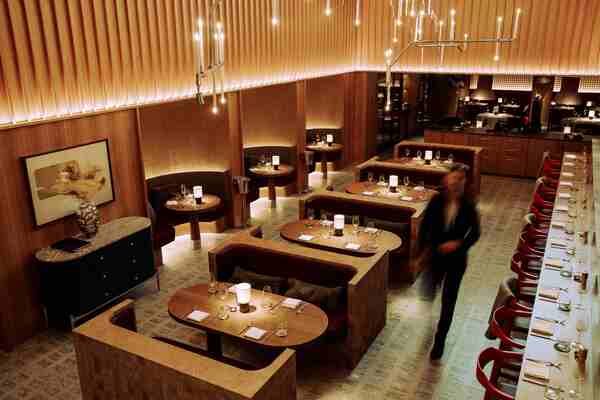Changing restrictions are a lot to take in... or out, says Chantelle Nicholson
Offering takeaway solves the lockdown conundrum, but it presents its own problems too, says Chantelle Nicholson.
Faced with lockdown after just five days of service at All’s Well, the ‘pivot’ (one of 2020’s most dreaded words) seemed to be the only viable option. So, we decided to set up a shop, takeaway and delivery offering, in yet another short amount of time.
With my overarching need for things to be as sustainable as possible – or, let’s face it, as ‘less bad’ as possible – I felt overwhelmed in regard to food packaging. I was confused by the terminology (that I had heard wasn’t what it said on the tin) – biodegradable, compostable or recyclable – and the fact that it was hard to determine what things were even made of. Another restaurant operator, also embarking on the ‘pivot-shuffle’, asked me for advice, so I decided I needed some help.
With my overarching need for things to be as sustainable as possible – or, let’s face it, as ‘less bad’ as possible – I felt overwhelmed in regard to food packaging
In August I started a board role with the London Waste and Recycling Board (LWARB). The aim of LWARB is to reinvigorate recycling, accelerate the circular economy, and help London become a zero-carbon city. Thus, I had a Zoom meeting (yup, 2020 at its best) with two team members from LWARB to help me understand the issues. The top-level information I took from this was that there are differing considerations for food that is taken away and consumed at home (or in an office with waste solutions), versus food eaten on the go (with the packaging disposed of in street bins).
I had never considered this before. Further, generally, and rather sadly, there is a consensus that the contents of street recycling bins are not recycled as they are too contaminated, so they are also incinerated with the rest of London’s general waste, another learning curve for me. Also, biodegradable and compostable plastics are only true to their namesake in specific conditions, so not in a standard at home food waste collection or compost bin.
Another factor was the production and haulage of the product, where embedded carbon may in fact be higher, particularly if it is then disposed of incorrectly. All a huge minefield.
At the end of the day, a truly circular model would embrace reusable containers like the KeepCup model, which is perfect for hot drinks made to order, but poses operational constraints and costs for pre-packaged food and beverage.
The only viable option I can foresee is for foodservice operators to all use the same containers, creating a closed loop where these can be returned elsewhere, washed, sterilised, and reused, working a little like the Boris Bike concept.
So, back to my conundrum. I decided the least bad option was cardboard or paper bags for our food to go, and for the more liquid components for our at-home deliveries, I went with glass jars. I hoped that the recipients would either reuse or recycle the jars, along with hoping lockdown would be over soon. Thankfully, the latter has happened, and I live in hope that the former did too.



















